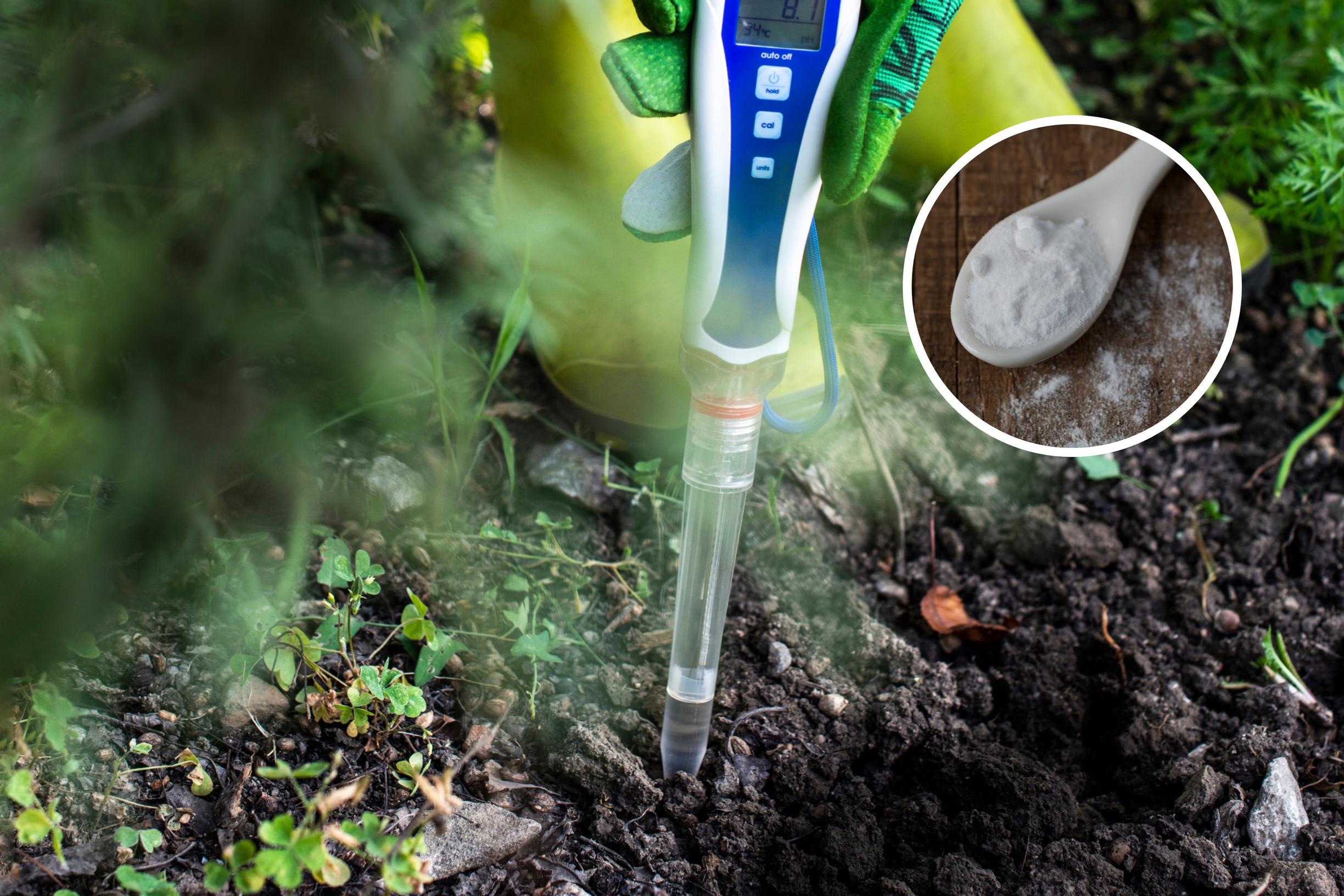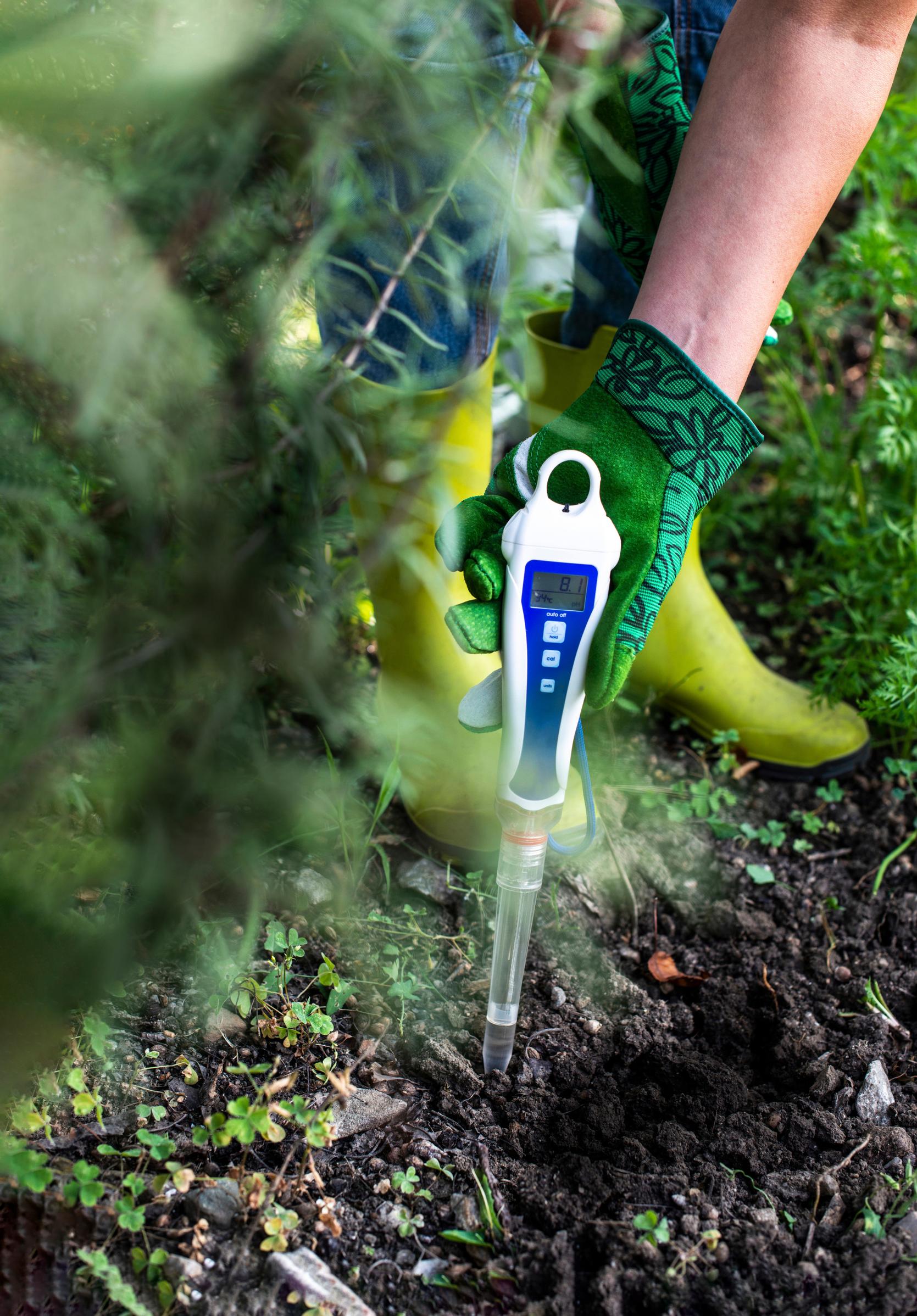
Is your soil acidic or alkaline? Easy DIY pH checks you can do at home
Determining your soil’s pH is worthwhile for your plants’ health. Several methods are available, some more precise than others. This piece features insights from chemist Johanna Pura.
1. Laboratory analysis
You can get the most accurate reading of your soil’s pH by having a laboratory analyze a soil sample. At the same time, you’ll learn more about your soil, from its type to its humus content and nutrient levels.
2. Test kit
Commercial test kits typically include everything you need to measure acidity, such as a test tube, water, and pH tablets. They’re straightforward to use and provide immediate results. Remember to follow the instructions on the package.
Take a representative sample
Examine the lawn, perennial bed, vegetable patch, and other areas one at a time. Collect at least ten spadefuls of soil from various spots in the same area to get a representative sample. Scoop the samples from a depth of 10–20 centimeters (4–8 inches) and mix them in a bucket.
3. pH strips
You can find pH strips in pharmacies and other stores to check the soil’s acidity. The most accurate reading comes from dry soil, so let your sample dry for several days at room temperature, overnight at about 35°C (95°F), or a couple of hours at roughly 80°C (176°F). The residual heat after a sauna session is also good for drying.
Remove any twigs and stones, and crumble the soil until it’s powdery. Place 100 ml (about 3.4 fl oz) of soil in a container and add 250 ml (about 8.5 fl oz) of distilled water. Stir the mixture well, cover the container with plastic, and let it settle for 15–30 minutes. Stir again before measuring, dip the indicator strip in the mixture for 1–2 minutes, and repeat the measurement several times.
4. pH meter
Various pH meters are available for home gardeners, operating on the voltage difference between two electrodes. Most models have one or two probes you insert into moist soil at a depth of 5–15 centimeters (2–6 inches). Some are designed strictly for measuring soil acidity, while others work for liquids as well.

5. Vinegar and baking soda
For a rough estimate, mix a couple of tablespoons of soil with a couple of tablespoons of vinegar. Fizzing indicates alkaline soil with a high lime content.
Another approach is to combine a couple of tablespoons of baking soda with a few tablespoons of soil. If the mixture starts fizzing, the soil is acidic.


